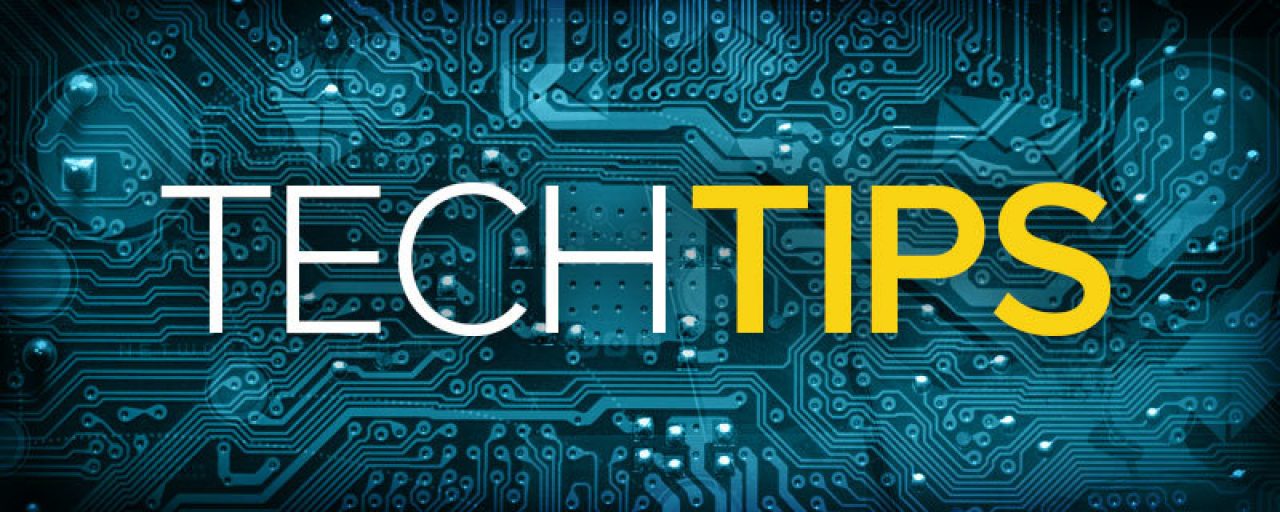Wordy Wednesday: Hardware vs. Software
The main parts of a computer are hardware and software. The two work together to accomplish each task. Here's how to distinguish the difference between them.
One of the strangest concepts to accept when using your computer is the idea of a virtual reality. When you use your PC, it shows you a virtual desktop—your main home screen. The idea of a virtual desktop is that it works much like the actual desktop in your den or office: it's a home base from which you navigate through your files and applications. Just like you can reach into your desk drawer and find a file, you can access the virtual files stored on your computer from your desktop.
Your actual computer—the one you're probably looking at right now to read this—is what we call hardware. Because it's in the real, actual world and we can touch and hold it, it's described as "hard". You need hardware to run programs or read content. Another example of hardware is your television. PBS is a television network that broadcasts content; in order to access that content, you need a television in your home—a physical unit you can plug in and turn on. You need the proper hardware.
The programs you use on your computer are called software. Software is "soft" because we cannot physically access it. You cannot touch and handle a program like Microsoft Word with your fingers the way you can touch a Dell laptop. Software is virtual — it is in the computer — while hardware is actual — the computer itself. You will need to obtain software, usually by purchase, to run on your computer so that you can perform certain tasks: organizing photos, drafting emails, even doing your taxes.
Imagine you are an author penning a coming-of-age novel. When you sit down at the computer to write, you type at the keyboard and your thoughts and words are transcribed to the screen. (Remember to save your work as you go!) Your novel, steadily growing each day, is called a soft copy while it is on your computer. Imagine that you write, edit, and save every day; some days you realize you don't like what you have and you go back and change it. You can't actually touch what you have written, or hand it to anyone, because it's a soft copy. It's a virtual manuscript that exists on your virtual desktop.
One fine morning you decide to show your manuscript to several friends whom you trust to get their feedback. You open up the file on your computer, you move your pointer to the printer icon in the tool bar, and you click. Five minutes later, all of your work from the past several months is sitting on your printer in a neat stack of pages, still slightly warm. Just like that, you have a hard copy of your novel. You can flip through its pages and literally hand it to someone else. You can drop it in the mail or throw the pages in the air if you feel so inclined. You still have the soft copy on your computer, but the hard copy is ready for your friends to mark up with red ink. When your fabulous novel hits the shelves of your neighborhood bookstore, that printed, bound volume is also a hard copy. If your cousin Velma buys an e-book version to read on her Kindle while she cruises the Caribbean for the sixth time without you, she's reading a soft copy.
We live in a world that is an intriguing mix of the actual and the virtual. We can't get along with just hardware or just software; the two work together to help us accomplish our goals. Don't be afraid of the virtual world; remember that it's anchored in the actual one.

 Member Connect
Member Connect